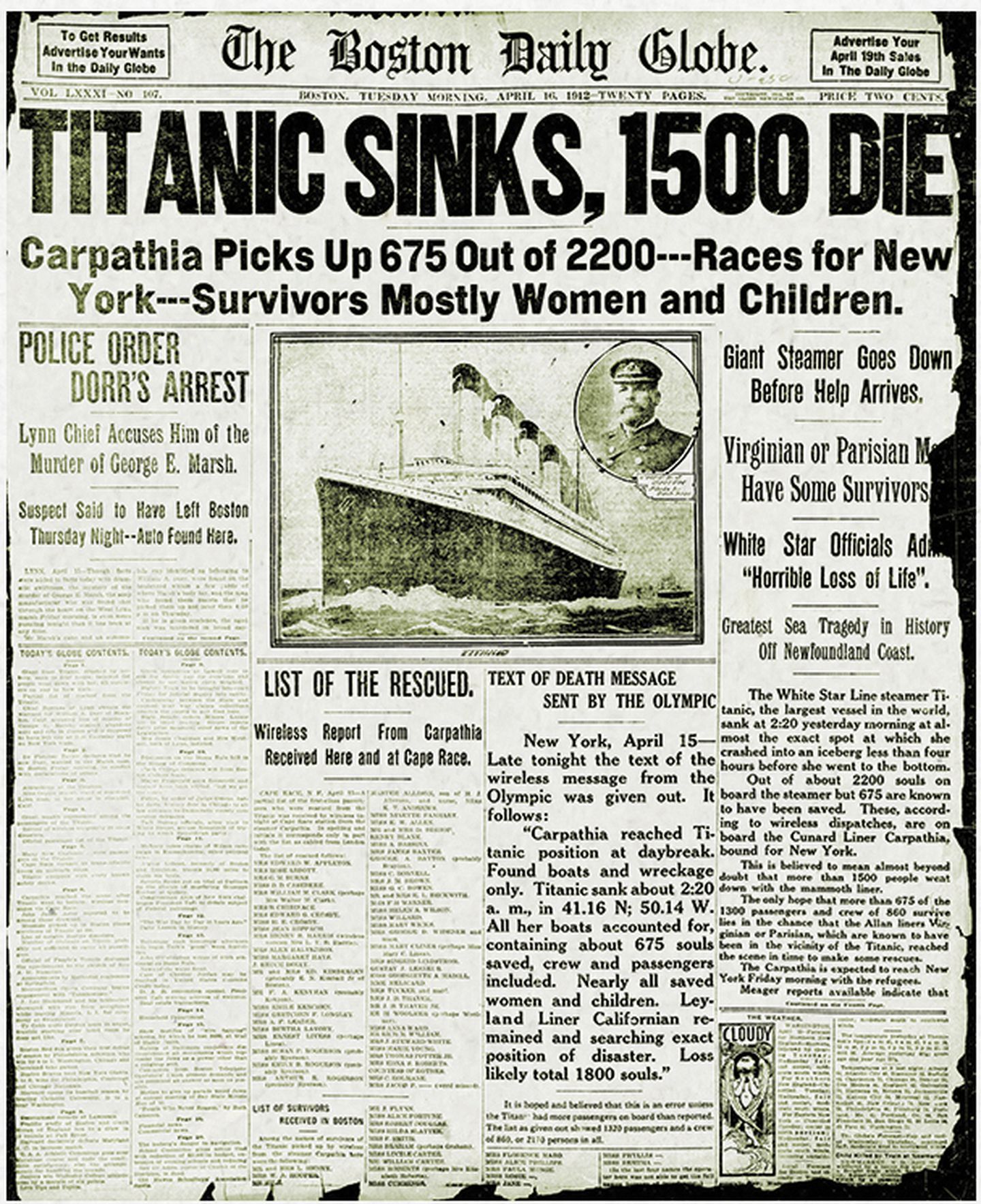Welcome to my blog, 19th Century! In this article, we delve into the fascinating world of shoemakers in the 1800s. Discover the craftsmanship and artistry that went into creating footwear during this era, as well as the challenges and innovations that shaped the industry. Lace up your boots and join me on this historical journey!
The Craftsmanship of 19th Century Shoemakers: A Glimpse into the World of 1800s Shoe Making
The craftsmanship of 19th century shoemakers was truly remarkable. In the context of the 1800s, shoe making was an integral part of everyday life, as shoes were not only a necessity but also a symbol of social status.
Shoemakers during this time exhibited exceptional skill and attention to detail in their craft. Each pair of shoes was meticulously handcrafted, with a focus on both form and function. The process involved numerous steps, starting from selecting the finest materials such as leather and fabric and carefully measuring the customer’s feet.
One of the most important aspects of 19th century shoemaking was the construction of the last, which is the wooden or metal mold that determines the shape of the shoe. The last had to be carefully shaped and adjusted to meet the specific requirements of each customer. Skilled shoemakers were able to create lasts that not only provided comfort but also enhanced the overall appearance of the shoe.
The cutting and stitching of the upper was another crucial stage in the shoemaking process. Shoemakers would carefully cut the leather or fabric into precise patterns, ensuring a proper fit and aesthetic appeal. The pieces were then meticulously stitched together using various techniques, including hand-sewn welts and decorative embroidery.
The soles were often made of leather and were meticulously attached to the upper using high-quality stitching methods. The shoe’s heel was similarly crafted with precision, providing stability and support.
The final touches included polishing the shoes to perfection and adding decorative elements such as buttons or buckles. The end result was a durable, comfortable, and aesthetically pleasing pair of shoes, custom-made to suit the needs and preferences of the customer.
The craftsmanship demonstrated by 19th century shoemakers was truly exceptional. Their attention to detail, precision in construction, and dedication to creating quality footwear reflected the values of the time. The shoes they produced were not only functional but also a testament to the artistry and skill of these artisans.
Process of Making Leather Shoes from the Korea’s Handmade Shoe Store since 1936.
Process of Making Handmade Tailored Suits by Korean Master Tailor with 30 years of experience.
What was the process of shoe-making like in the 1800s?
In the 19th century, the process of shoe-making was largely a manual and labor-intensive craft. The process typically involved several stages, starting with the preparation of the materials and ending with the finishing touches on the completed shoe.
1. Pattern making: Shoemakers would first create a pattern or template for the shoe design they were going to make. This pattern would serve as a guide for cutting the various pieces of leather.
2. Leather cutting: Using the pattern as a guide, the shoemaker would cut the leather into the desired shapes and sizes for the different parts of the shoe, such as the upper, sole, and lining.
3. Sewing: Once the leather pieces were cut, they would be sewn together using a combination of hand-stitching and machine stitching, depending on the specific skill and tools available to the shoemaker.
4. Lasting: The next step was lasting, which involved pulling the upper tightly over a wooden last (a foot-shaped form) and securing it in place. This would give the shoe its shape and help determine its fit.
5. Soling: After lasting, the shoe would be ready for soling. The sole, usually made of leather or rubber, would be attached to the bottom of the shoe using nails or stitching. Additional layers of material, such as a midsole or insole, might also be added for comfort and support.
6. Finishing: Once the shoe was fully assembled, the shoemaker would apply any necessary finishing touches, such as sanding down rough edges, trimming excess material, and adding decorative elements like stitching or embellishments.
7. Final touches: Finally, the completed shoe would receive any final touches, such as polishing, dyeing, or adding a protective coating to preserve the leather and enhance its appearance.
Overall, the process of shoe-making in the 19th century required a high level of skill and craftsmanship. Each pair of shoes was made by hand and tailored to the individual wearer’s needs and preferences.
What is the former name for a cobbler?
In the context of the 19th century, a cobbler was also commonly referred to as a cordwainer.
What distinguishes a shoemaker from a cobbler?
In the context of the 19th century, a shoemaker and a cobbler were two distinct professionals involved in the craft of making and repairing footwear.
A shoemaker was primarily responsible for creating new shoes from scratch. They worked with raw materials such as leather, fabrics, and various tools to construct shoes that fit the customer’s specific requirements. They would measure the feet, cut patterns, assemble the different parts, and stitch them together to create custom-made footwear. Shoemakers often possessed refined skills and were capable of crafting intricate designs and durable shoes.
On the other hand, a cobbler focused more on repairing and mending shoes, rather than creating new ones. Cobblers typically had a workshop or stall where they would carry out their work. They specialized in fixing worn-out soles, torn uppers, broken heels, and other damages. Cobblers were experts at extending the lifespan of footwear by applying various repair techniques, such as resoling, reheeling, and restitching. Their role was vital in ensuring that shoes remained functional and wearable for extended periods.
While both professions revolved around footwear, the distinction between shoemakers and cobblers lay in their primary tasks. Shoemakers concentrated on the creation of new shoes, showcasing their craftsmanship skills, while cobblers focused on repairing and maintaining existing footwear.
It’s worth noting that during the 19th century, the demands for both shoemakers and cobblers were high due to the widespread use of leather shoes and boots as the primary form of footwear. As industrialization progressed, mechanization also impacted the shoe industry, leading to changes in production methods and the decline of traditional craft practices.
What role did a cordwainer have in the 1800s?
In the 19th century, a cordwainer was an important craftsman who specialized in making high-quality shoes. They were considered one of the skilled tradespeople who played a significant role in the footwear industry during this time period. Cordwainers worked with leather to create durable and finely crafted shoes, often using traditional handcrafted techniques and tools.
Cordwainers were highly regarded for their craftsmanship and attention to detail. They would often work closely with their clients to create custom-made shoes that fit well and met their specific requirements. As a result, cordwainers generally catered to wealthier individuals who could afford the luxury of bespoke footwear.
During the 19th century, the role of cordwainers evolved due to industrialization and mass production. The invention of machinery and the assembly line led to the rise of the shoe industry on a larger scale, reducing the reliance on individual craftsmen. However, some cordwainers adapted to the changing times by establishing their own shoe factories, providing employment opportunities for both skilled and unskilled workers.
In summary, cordwainers in the 19th century were skilled craftsmen who specialized in making high-quality shoes using traditional techniques. While the rise of industrialization impacted their trade, cordwainers remained an important part of the footwear industry, particularly for those seeking custom-made shoes.
Frequently Asked Questions
What tools and techniques did 19th century shoemakers use to craft shoes in the 1800s?
In the 19th century, shoemakers used various tools and techniques to craft shoes. Here are some of the key tools and techniques they commonly employed:
1. Lasting: Shoemakers used wooden shoe lasts to shape the shoe’s upper and give it its final form. The upper, made of leather or fabric, was stretched over the last and attached to it using tacks or temporary stitching.
2. Cutting and stitching: Shoemakers used cutting knives to shape the leather or fabric into the desired pattern. They then stitched the pieces together using waxed thread and a variety of stitch types, such as the lockstitch or the welt stitch.
3. Shaping the sole: Shoemakers used a variety of tools to shape the soles of the shoes. This included shoemaker’s awls to create holes for stitching and pegging, as well as hammers and anvils to flatten and shape the soles.
4. Attaching the sole: To attach the sole to the upper, shoemakers used techniques such as hand-welting or pegging. Hand-welting involved stitching the upper to the insole and then attaching the outsole, while pegging involved inserting wooden pegs through holes in the sole and into the upper.
5. Finishing touches: Once the shoe was assembled, shoemakers applied various finishing touches. These included trimming excess leather, sanding the edges, and polishing the shoe to enhance its appearance.
Overall, the craftsmanship of 19th-century shoemakers relied heavily on their skillful use of hand tools and intricate techniques to create high-quality footwear.
How did the industrial revolution impact the livelihood of 19th century shoemakers?
The industrial revolution had a significant impact on the livelihood of 19th-century shoemakers. Prior to the industrial revolution, shoemaking was a craft that was primarily done by skilled artisans who would create shoes by hand. However, with the advent of new technologies and machinery during the industrial revolution, the production process of shoes underwent a revolution as well.
One of the key changes was the introduction of the shoe-making machine, which greatly increased the speed and efficiency of production. These machines were capable of producing shoes much faster than individual craftsmen, leading to a decline in the demand for handmade shoes. Additionally, the mass production of shoes meant that they became more affordable, making them accessible to a larger portion of the population.
This shift towards industrialization also led to the emergence of factories where shoes were produced in large quantities. These factories employed a large number of workers, often under difficult working conditions and for long hours. The specialization required in factory work meant that the traditional skills possessed by individual shoemakers became less valuable.
As a result, many shoemakers found themselves unemployed or struggling to compete with the new mass-produced shoes. Some tried to adapt by working in the new factories or becoming machine operators, while others turned to other occupations. This transition often led to a loss of income and a decline in the status of shoemakers as skilled craftsmen.
Overall, the industrial revolution brought about a fundamental change in the shoe industry, characterized by the mechanization of production and the rise of factory-based manufacturing. While it resulted in increased efficiency and accessibility of shoes, it also disrupted the traditional livelihood of 19th-century shoemakers, forcing many to adapt or seek new opportunities elsewhere.
What were the typical working conditions and wages for shoemakers in the mid-19th century?
In the mid-19th century, working conditions for shoemakers were often harsh and labor-intensive. Shoemakers typically worked long hours, often starting their day before sunrise and continuing until after sunset. They would spend most of their time seated at their workbenches, using hand tools to craft shoes.
The wages earned by shoemakers during this time varied depending on factors such as skill level, location, and market demand. On average, skilled shoemakers could earn between $0.75 and $1.50 per day, while less experienced workers might earn around $0.50 per day. However, it’s important to note that these wages were often not enough to support a family, and many shoemakers struggled to make ends meet.
Working conditions in shoemaking shops were often crowded and poorly ventilated, which led to health issues such as respiratory problems. Workers also faced the risk of injury from sharp tools and the repetitive tasks involved in shoe production.
Additionally, shoemakers often worked in small workshops or at home as pieceworkers, meaning they were paid according to the number of shoes they produced rather than an hourly wage. This system often resulted in low wages and long hours of work to maximize earnings.
Overall, the mid-19th century was a challenging time for shoemakers, with difficult working conditions and low wages making it challenging for them to achieve economic stability.
The 19th century was a defining period for shoemakers in the 1800s. These skilled craftsmen played a crucial role in shaping the fashion and functionality of footwear during this era. With the rise of industrialization and the introduction of new technologies, traditional shoemaking techniques underwent significant transformations. However, despite the changes brought about by mechanization, the artistry and attention to detail of the shoemakers remained unmatched.
The 19th century witnessed the emergence of shoemaking factories, enabling the mass production of shoes and making them more accessible to a larger population. However, it is important to acknowledge that this shift also meant a loss of individuality and customization that had characterized handmade shoes.
Nevertheless, master shoemakers continued to thrive, catering to affluent clients who sought high-quality, bespoke footwear. Their hands-on approach and meticulous craftsmanship ensured that every pair of shoes was a work of art.
The transformation of the industry also had socio-economic implications. With the rise of the middle class and the demand for more affordable shoes, factory-made footwear became increasingly prevalent. This transition, while providing opportunities for employment, also led to exploitative working conditions and unequal wages for shoemakers.
Overall, the 19th century revolutionized the shoemaking industry, bringing both advancements and challenges. The legacy of these skilled artisans can still be seen today in the enduring craftsmanship and dedication to quality exhibited by modern shoemakers. As we walk in our comfortable and stylish shoes, let us not forget the laborious process and rich history that made them possible.






